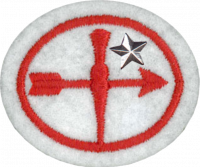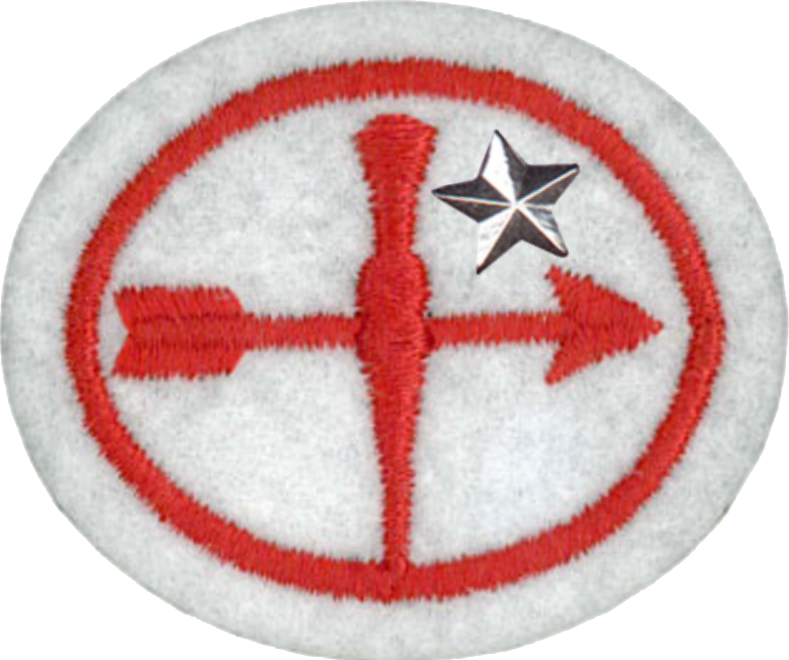Difference between revisions of "AY Honors/Weather - Advanced/Answer Key/es"
From Pathfinder Wiki
< AY Honors | Weather - AdvancedAY Honors/Weather - Advanced/Answer Key/es
(Created page with "</noinclude> <!-- 6. Leer correctamente un mapa meterológico diario según los datos publicados por el servicio meteorológico nacional, explicar los símbolos y decir cómo...") |
(Updating to match new version of source page) |
||
| (11 intermediate revisions by 2 users not shown) | |||
| Line 1: | Line 1: | ||
| − | + | {{HonorSubpage}} | |
| − | + | ||
| − | {{ | + | <section begin="Body" /> |
| − | |||
| − | |||
| − | |||
| − | |||
| − | |||
| − | |||
| − | |||
| − | |||
| − | |||
| − | |||
{{ansreq|page={{#titleparts:{{PAGENAME}}|2|1}}|num=1}} | {{ansreq|page={{#titleparts:{{PAGENAME}}|2|1}}|num=1}} | ||
<noinclude></noinclude> | <noinclude></noinclude> | ||
| Line 163: | Line 153: | ||
<noinclude></noinclude> | <noinclude></noinclude> | ||
<!-- 6. Leer correctamente un mapa meterológico diario según los datos publicados por el servicio meteorológico nacional, explicar los símbolos y decir cómo se hacen las predicciones. --> | <!-- 6. Leer correctamente un mapa meterológico diario según los datos publicados por el servicio meteorológico nacional, explicar los símbolos y decir cómo se hacen las predicciones. --> | ||
| + | |||
| + | {{clear}} | ||
| + | |||
| + | |||
| + | |||
| + | |||
| + | |||
| + | |||
| + | |||
| + | |||
| + | |||
| + | |||
| + | |||
| + | |||
| + | |||
| + | |||
| + | |||
| + | |||
| + | |||
| + | |||
| + | |||
| + | |||
| + | |||
| + | |||
| + | |||
{{clear}} | {{clear}} | ||
| Line 176: | Line 191: | ||
{{ansreq|page={{#titleparts:{{PAGENAME}}|2|1}}|num=7}} | {{ansreq|page={{#titleparts:{{PAGENAME}}|2|1}}|num=7}} | ||
<noinclude></noinclude> | <noinclude></noinclude> | ||
| − | <!-- 7. | + | <!-- 7. ¿Qué se enteinde por humedad relativa y el punto de rocío? --> |
| − | |||
| − | {{clear}} | + | {{clear}} |
| − | {{clear}} | + | {{clear}} |
{{clear}} | {{clear}} | ||
| Line 189: | Line 203: | ||
{{ansreq|page={{#titleparts:{{PAGENAME}}|2|1}}|num=8}} | {{ansreq|page={{#titleparts:{{PAGENAME}}|2|1}}|num=8}} | ||
<noinclude></noinclude> | <noinclude></noinclude> | ||
| − | <!-- 8. | + | <!-- 8. Dibujar una sección transversal de la atmósfera, mostrando sus cinco capas y describirlas. --> |
| − | |||
| − | |||
{{clear}} | {{clear}} | ||
| Line 205: | Line 217: | ||
{{ansreq|page={{#titleparts:{{PAGENAME}}|2|1}}|num=9}} | {{ansreq|page={{#titleparts:{{PAGENAME}}|2|1}}|num=9}} | ||
<noinclude></noinclude> | <noinclude></noinclude> | ||
| − | <!-- 9. | + | <!-- 9. Mantener un diario gráfico meteorológicas durante 3 semanas. Incluir lo siguiente: --> |
| − | |||
<noinclude></noinclude> | <noinclude></noinclude> | ||
{{ansreq|page={{#titleparts:{{PAGENAME}}|2|1}}|num=9a}} | {{ansreq|page={{#titleparts:{{PAGENAME}}|2|1}}|num=9a}} | ||
| Line 224: | Line 235: | ||
{{CloseReq}} <!-- 9c --> | {{CloseReq}} <!-- 9c --> | ||
{{ansreq|page={{#titleparts:{{PAGENAME}}|2|1}}|num=9d}} | {{ansreq|page={{#titleparts:{{PAGENAME}}|2|1}}|num=9d}} | ||
| − | <noinclude></noinclude> | + | <noinclude></noinclude><noinclude></noinclude> |
| − | |||
| − | <noinclude></noinclude> | ||
{{CloseReq}} <!-- 9d --> | {{CloseReq}} <!-- 9d --> | ||
{{ansreq|page={{#titleparts:{{PAGENAME}}|2|1}}|num=9e}} | {{ansreq|page={{#titleparts:{{PAGENAME}}|2|1}}|num=9e}} | ||
| Line 239: | Line 248: | ||
{{ansreq|page={{#titleparts:{{PAGENAME}}|2|1}}|num=10}} | {{ansreq|page={{#titleparts:{{PAGENAME}}|2|1}}|num=10}} | ||
<noinclude></noinclude> | <noinclude></noinclude> | ||
| − | <!-- 10. | + | <!-- 10. Discutir el efecto de la humanidad sobre el clima. --> |
| − | |||
{{clear}} | {{clear}} | ||
| Line 250: | Line 258: | ||
<noinclude></noinclude> | <noinclude></noinclude> | ||
==Referencias== | ==Referencias== | ||
| − | |||
<noinclude></noinclude> | <noinclude></noinclude> | ||
| − | + | ||
| + | [[Category:Adventist Youth Honors Answer Book/Do at home{{GetLangSuffix}}]] | ||
| + | {{CloseHonorPage}} | ||
Latest revision as of 15:48, 3 January 2023
Climatología - Avanzado
Nivel de destreza
2
Año
1949
Version
02.12.2025
Autoridad de aprobación
Asociación General
1
Tener la especialidad de Climatología.
Para consejos e instrucciones, véase Climatología.
2
Explicar las condiciones meteorológicas ciclónicas y anticiclónicas, y saber cómo se producen los cambios climáticos.
3
¿Cuáles son los frentes fríos y frentes cálidos? ¿Cómo se mueven y que condiciones meterológicas producen?
4
Explicar las siguientes condiciones meteorológicas:
4a
Vientos Chinook
4b
Vientos asilios
4c
Cinturón de calma
4d
Los tornados
4e
Zona de ráfagas y cambios violentos
4f
Tifones
4g
Los huracanes
4h
Borrascas
4i
Tormentas de nieve
5
Explicar la acción de un termómetro de registro, barógrafo de registro, higrómetro y un anemómetro.
6
Leer correctamente un mapa meterológico diario según los datos publicados por el servicio meteorológico nacional, explicar los símbolos y decir cómo se hacen las predicciones.
7
¿Qué se enteinde por humedad relativa y el punto de rocío?
8
Dibujar una sección transversal de la atmósfera, mostrando sus cinco capas y describirlas.
9
Mantener un diario gráfico meteorológicas durante 3 semanas. Incluir lo siguiente:
9a
Cantidad de precipitación (tomar estos datos de algún dispositivo de fabricación casera o de documentos oficiales)
9b
Lectura de presión atmosférica/barómetro
9c
La formación de las nubes
9d
Temperaturas altas y bajas
9e
Velocidad y dirección del viento
9f
Pronósticos del clima y compararlos a lo que realmente ocurrió
10
Discutir el efecto de la humanidad sobre el clima.


